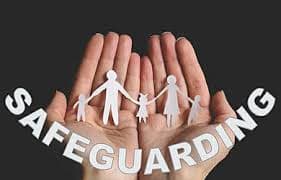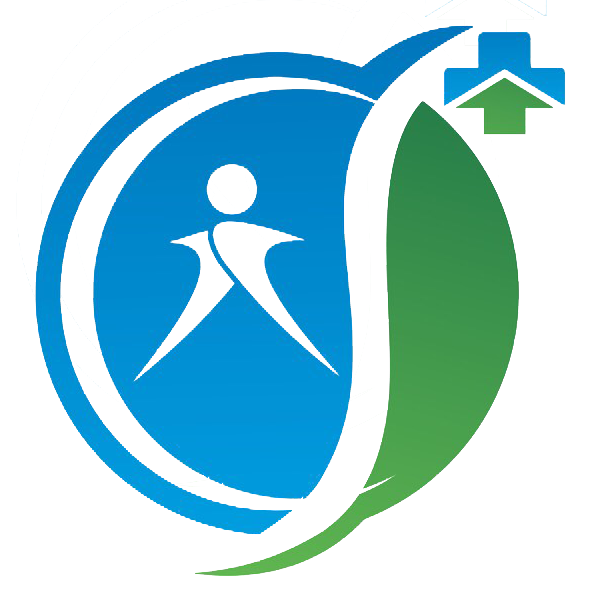Carers Raising Safeguarding Concerns: Regulation 13

Safeguarding Vulnerable People in Health and Social Care: A Comprehensive Overview
Introduction
In the realm of healthcare and social services, the safety and well-being of vulnerable individuals are of paramount importance. This blog aims to provide a comprehensive overview of safeguarding practices, focusing on two key elements: the CQC Safeguarding Document and Regulation 13. Additionally, we will explore the critical role of carers in safeguarding service users.
1. The CQC Safeguarding Document
The "New Safeguarding Statement" published by the Care Quality Commission (CQC) serves as a pivotal guide in ensuring that vulnerable individuals in health and social care settings receive safe, high-quality care while having their rights protected. Here's a summary of the document's key highlights:
-
Importance of Safeguarding: The document underscores the critical nature of safeguarding vulnerable individuals, acknowledging their rights to safe and respectful care.
-
Effective Governance and Leadership: It emphasizes the role of governance and leadership in promoting safeguarding practices within organizations.
-
Key Principles for Effective Safeguarding: The CQC document outlines principles for effective safeguarding, including person-centered care, staff training, and clear reporting mechanisms.
-
Culture of Openness and Transparency: The CQC encourages a culture of openness where staff are encouraged to report concerns, and organizations prioritize learning from adverse events.
-
Collaboration with External Agencies: Acknowledging the role of external agencies like the police and local authorities, the document advocates for collaboration between different organizations in safeguarding efforts.
-
Examples of Good Practice: The document provides examples of good safeguarding practices and identifies areas for improvement, such as technology integration in safeguarding.
-
A Tool for Self-Assessment: Health and social care providers are encouraged to use the document as a tool for self-assessment and improvement.
-
CQC's Commitment: The CQC commits to monitoring and regulating safeguarding practices through inspections and other regulatory activities.
This document underscores the CQC's dedication to safeguarding vulnerable individuals and ensuring that health and social care services uphold the highest standards of care.
2. Regulation 13: Safeguarding Service Users
Regulation 13 is a critical part of the regulatory framework governing healthcare settings. It specifically addresses the safeguarding of service users from abuse and improper treatment. Here is a summarized breakdown of Regulation 13:
-
13(1): This section emphasizes the importance of protecting service users from abuse and improper treatment, requiring providers to establish robust procedures and processes for their safety.
-
13(2): Providers must create and operate systems that prevent the abuse of service users, including staff training and awareness of responsibilities.
-
13(3): Systems and processes must be in place to investigate allegations or evidence of abuse promptly.
-
13(4): Care or treatment must not involve discrimination, unnecessary restraint, degradation, or disregard for service users' needs. Staff should use restraint only when absolutely necessary.
-
13(5): Service users must not be deprived of their liberty for care or treatment without lawful authority, following the Mental Capacity Act 2005 and associated safeguards.
These regulations aim to ensure the safety and well-being of individuals in healthcare settings, focusing on preventing abuse, discrimination, and improper treatment. Providers must adhere to these regulations to protect service users and maintain high care standards.
3. The Role of Carers in Safeguarding
Carers play a pivotal role in safeguarding vulnerable individuals. They are often the frontline observers of service users' well-being and are responsible for reporting concerns to management. Here's a summary of what carers should alert management to as safeguarding issues under Regulation 13:
-
Abuse: Any suspected or witnessed instances of physical, emotional, verbal, sexual, or financial abuse against service users.
-
Neglect: Signs of neglect, such as inadequate care, insufficient nutrition, hygiene issues, or unaddressed medical needs.
-
Discrimination: Unfair treatment based on age, disability, gender, race, religion, sexual orientation, or other protected characteristics.
-
Restraint: Inappropriate use of physical, mechanical, chemical, or other restraints that are not necessary to prevent harm.
-
Degrading Treatment: Actions that may reasonably be viewed as degrading, including humiliation or any practices that compromise dignity.
-
Violation of Mental Capacity Rights: Situations where the rights of service users under the Mental Capacity Act 2005 are violated.
-
Immediate Danger: Any immediate threats to safety requiring urgent intervention.
-
Inadequate Safeguarding Procedures: Concerns regarding the effectiveness of the organization's safeguarding procedures.
-
Allegations and Evidence: Reporting allegations or evidence of abuse or improper treatment for investigation, even if unconfirmed.
-
Failure to Respond: Instances where the organization fails to respond appropriately or timely to safety concerns.
-
Failure to Follow Local Safeguarding Procedures: Violations of local safeguarding policies and procedures.
-
Repeat Incidents: Repeated instances of abuse or safeguarding concerns involving the same individuals or staff members, indicating potential patterns of neglect.
-
Serious Case Reviews: Cases warranting serious reviews, especially when there is a risk of repeated harm or systemic issues.
-
Support for Victims: Ensuring that service users who report abuse or experience it receive necessary support, both immediate and long-term.
Carers serve as vigilant advocates for service users, helping to ensure their safety and well-being within healthcare settings.
Safeguarding vulnerable individuals is a collective responsibility, involving healthcare organizations, regulators like the CQC, and dedicated carers. By adhering to regulatory frameworks like Regulation 13 and utilising resources such as the CQC's Safeguarding Document, we can create an environment where the rights and well-being of all service users are upheld, and their safety remains paramount.
Watch the video to discover how care staff can quickly, easily, and discreetly raise safeguarding concerns, instantly alerting management. Your commitment to the safety and well-being of service users starts here.
Let's chat.
